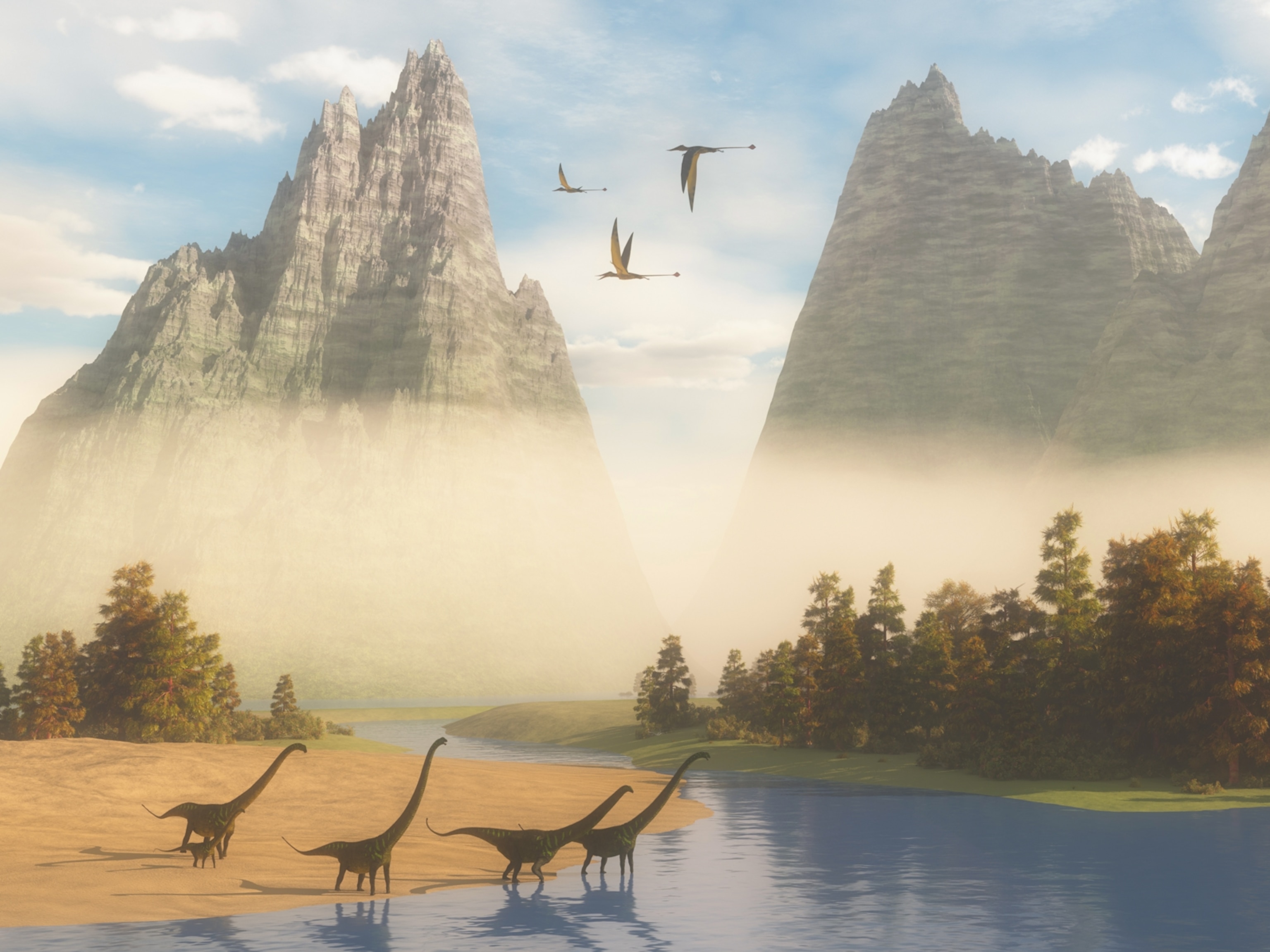
Giant Bugs Eaten Out of Existence by First Birds?
Without avian predators, bugs today would be much bigger, study says.
Sure, they provide the soundtrack of spring and are often lovely to look at. But a new study may offer the best reason yet to appreciate birds: the general absence of gigantic insects from our daily lives.
Today insects are among the smallest creatures on Earth, but about 300 million years ago, huge bugs were fairly common. The dragonfly-like griffinfly, for example, had a wingspan of about 28 inches (70 centimeters)—"a little bit smaller than a crow's," study co-author Matthew Clapham said. Today's widest-winged insects are butterfly and moth species that span about a foot (30 centimeters).
The prehistoric bugs' incredible growth was fueled by an atmosphere that was more than 30 percent oxygen, compared with 21 percent today, experts say. The extra oxygen gave bugs more energy per breath, allowing them to power bigger bodies.
(Related: "Did Rising Oxygen Levels Fuel Mammal Evolution?")
In the new study, Clapham and a colleague created a wingspan database for more than 10,500 insect fossils spanning the past 320 million years.
"When oxygen went up, insects got bigger. And when oxygen went down, they got smaller," said Clapham, a paleobiologist at the University of California, Santa Cruz.
But things changed about 150 million years ago, during the Jurassic period (prehistoric time line), when the first birds appeared alongside dinosaurs. After birds took to the skies, winged insects stopped growing bigger—even as oxygen levels rose.
"The argument that we're making is that oxygen is important and a limiting factor on insect size," Clapham said. "But once birds evolved, they became a more important constraint on the maximum size of insects."
(Also see "Why Giant Bugs Once Roamed the Earth.")
Not Too Big to Fail
As to why the big bugs might have fallen to birds, Clapham said, "the maneuverability of any sort of flying thing really scales with size. Small things are much more maneuverable than large things."
In other words, large insects may have been easy targets. Another possibility is that birds may simply have eaten the big bugs' lunch.
"Dragonflies are predatory, and they eat smaller insects," he said. During the Jurassic, "the birds and these large dragonflies may have been competing for the same food." (See National Geographic magazine pictures: "The Long, Curious, Extravagant Evolution of Feathers.")
Curiously, the researchers found no evidence that pterosaurs—flying reptiles that pre-dated birds and are believed to have included bugs in their diets—had any effect on insect size.
"In general, the insect size that you see after pterosaurs evolved is more or less what you would expect, given the oxygen levels," Clapham said.
"I think pterosaurs may not have been as agile or maneuverable at flying as birds are."
One implication of the new study is that, were it not for birds, modern insects would likely be much bigger.
"The largest insects today could perhaps be three times as large as they currently are," based on current oxygen levels, Clapham said.
"That doesn't mean that every insect today would be three times as big, but the [growth limit] could rise, and there could be larger ones."
The insect-bird research is detailed in this week's issue of the journal Proceedings of the National Academy of Sciences.





